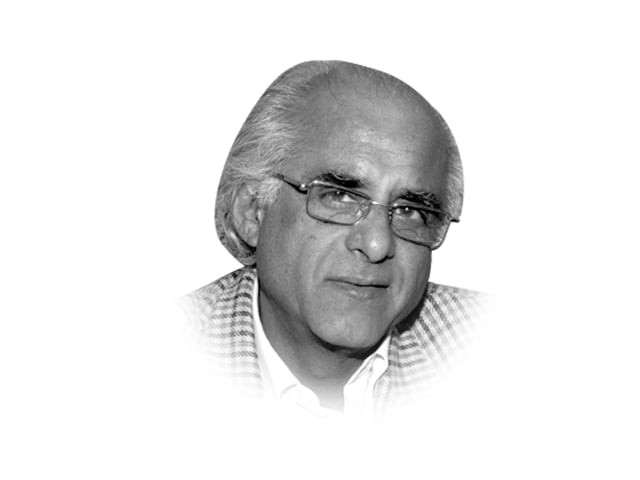I, Maha Sapta Sindhu
I am Maha Sapta Sindhu, the Great River (comprised) of seven rivers.

My children who built wonderful city states and traded with distant Mesopotamia as many as seven millenniums ago, called me by another name. For them I was Meluha, the giver of life and fertility. That is the name you will learn only when you one day decipher their script that so far oh so tantalises you. For the time being, suffice it to say that my original name was preserved in a boast of Sargon (2334-2279 BCE), the king of Akkad on the banks of the Euphrates.
He was, he bragged, the king of a land in whose ports the trading ships of distant Meluha called. Indeed, it was from them that the westerners acquired many of their fine arts.
Then your ancestors arrived in this great and wonderful land, they came by horseback in huge numbers with their felt tents, households carried on ox and horse-drawn wagons. Vast this multitude was and the followers straggled mile after mile behind their leaders. They were overwhelmed by what they saw. In their distant land of grassy, treeless steppes of midsummer snowstorms, there flowed only minor streams. Theirs was a land of lakes and their river, be it the Irtysh or the Ob; the Syr or the Vaksh, were but mere piddles that their caravans had easily waded across.
When they crossed the Suleman highlands and arrived on my banks, I was in the full glory of my summer spate. I spread across the land as far as their eye could see. Wordless, in utter awe, they stood by my flood wherein the mud-coloured eddies gurgled and mewed as living beings, sucking in the detritus I had gathered in the highlands.
Let me digress here a bit and tell you that your Aryan ancestors were not the blood-thirsty savages you have so long imagined them to be. They did not destroy Moenjodaro or Harappa. Instead they adapted and integrated, even going so far as to fashion their god Shiva on one that my children had long worshipped. They were homesteaders looking for a land where their herds would fatten and where their mares foal regularly. They yet knew little of agriculture, but mine was the land that could feed that innumerable host.
They called me Sindhu. In their language, Sanskrit, it was as apt a name as could be for it meant ocean or great river. In a frenzy of joyous wonder, they sang hymns to me, hymns that were to be preserved 2,000 years later in writing in their Rig Veda. “His roar is lifted up to heaven above the earth; he puts forth endless vigour with a flash of light, Like floods of rain that fall in thunder from the cloud, so Sindhu rushes on bellowing like a bull.”
Yet again in the selfsame hymn, unable to resolve if this might flowing torrent, the colour of liquid mud, is a woman or a man thing: “Flashing and whitely-gleaming in her mightiness, she moves along her ample volumes through the realms, Most active of the active, Sindhu, unrestrained, like to a dappled mare, beautiful, fair to see.”
Such then was their awe and reverence for me. But even before they arrived on my shores, they had passed through the valleys of the Krumu (Kurram) and Shubhavastu (Swat) that pay tribute to me. And after I had permitted them to cross over when the summer floods abated, they learned of my other tributaries and realised that I was the Great River that absorbed seven other streams.
I, the adoptive father of the newcomers, took them in, letting them proliferate and prosper. From the name they gave me, I, in turn, gave a name to this wonderland of the subcontinent. But that is another story.
Published in The Express Tribune, December 8th, 2010.
















COMMENTS
Comments are moderated and generally will be posted if they are on-topic and not abusive.
For more information, please see our Comments FAQ